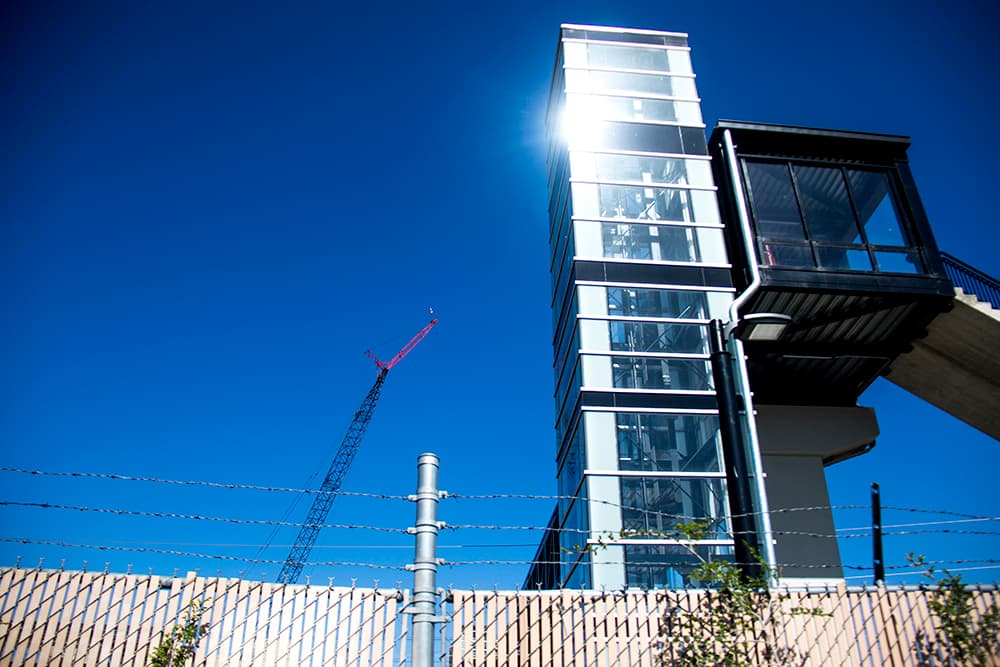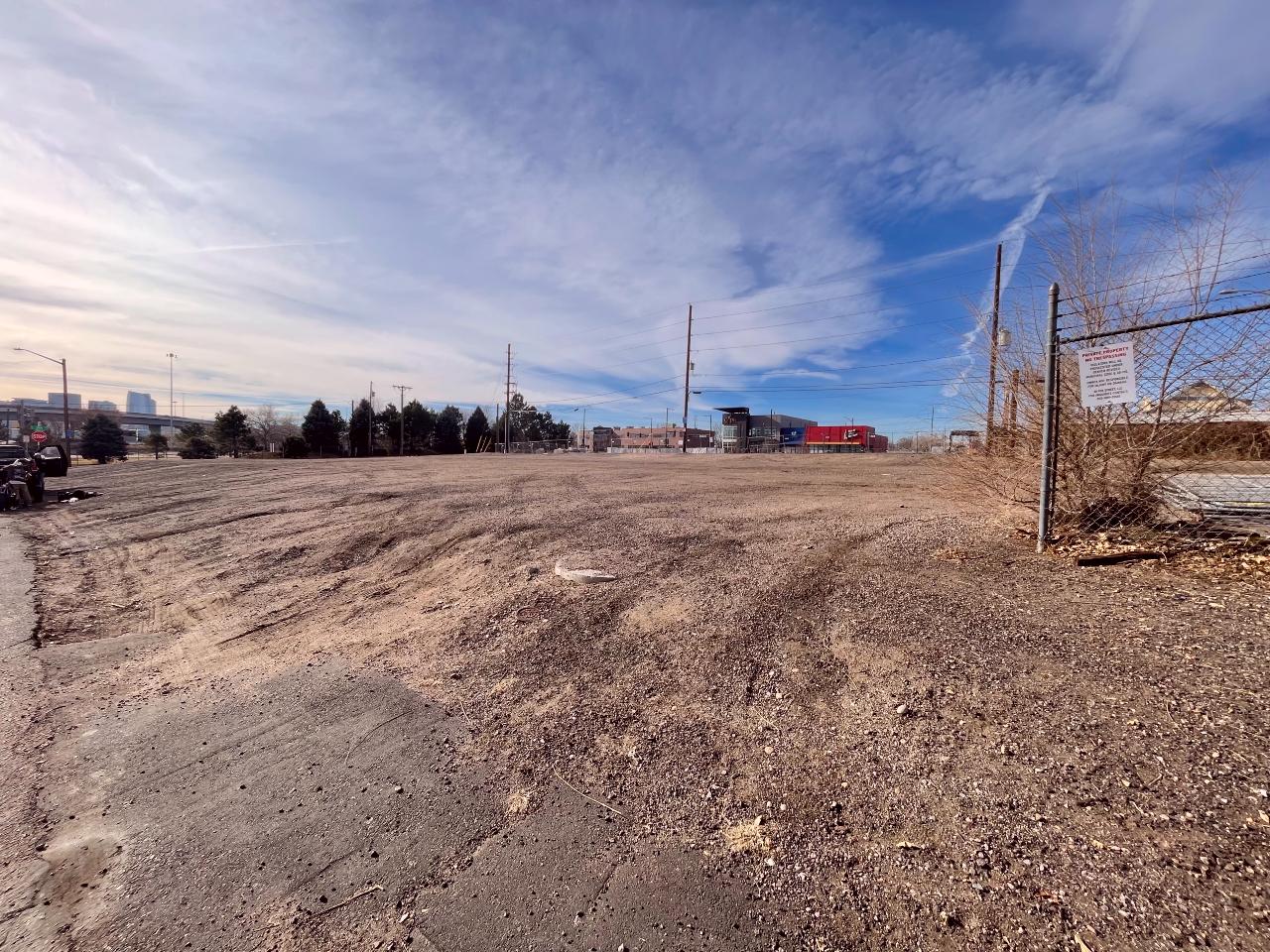
Walking around River North really isn't much fun right now. The entire district is split by freight and passenger railways, not to mention tons of construction, forcing people to take lengthy detours as they travel from Brighton Boulevard to Blake Street.
Two multi-million dollar pedestrian bridges were supposed to make that easier beginning last April, but only one is open – and frustrations are mounting fast as a $6.7 million project stands useless and likely won't be open until this fall, long after its intended opening.
"We’re looking at, now, a bridge that will have been constructed for 18 months without any ability to use it during probably the most critical time in our neighborhood," said Jamie Licko, president of the RiNo Art District.
Both bridges were intended to open last April, right alongside the A Line – but only one did.
The two structures are nearly identical, both rising several floors and crossing hundreds of feet of tracks, one at 38th Street and one near 35th Street.
Ahead of that opening date, though, the city told neighborhood leaders that there was a problem: They didn't have the bridge's elevators yet.
Here's what happened:
The city had accepted money from the Federal Transit Administration for the project, which means the project had to follow "Buy America" requirements, according to Denver Public Works. That's a 2009 law, passed alongside the stimulus, that required "iron, steel, and manufactured goods" – such as elevators – to be purchased in America.
Only one American manufacturer, KONE, could provide the appropriate elevators. "So, it took several months longer than we anticipated to get the elevators delivered and installed based on the fact they had other orders to fill first," wrote public works spokeswoman Nancy Kuhn in an email.
The elevators arrived in September 2016, some six months after the hoped-for opening – but they didn't come with the necessary air conditioning and heating units, Kuhn wrote.
"We ordered the elevators with the belief they would come with everything they needed," she wrote.
And so it dragged out longer. In fact, the city is still in the process of reviewing plans for the HVAC systems and hasn't yet ordered the systems. (Presumably, they're more complicated than the window unit in your apartment.)
With all the extra work, the bridge isn't expected to be open until this September, just about 18 months after the planned opening date. The stairs obviously work already, but the bridge won't be opened until it's accessible to everyone, as the Americans with Disabilities Act requires for public accessible spaces.
In the meantime, construction on Brighton Boulevard has significantly worsened auto traffic and made walking a greater pain in the area, Licko said. This summer, Velorama will bring huge crowds (and huge bands) to 12 blocks of RiNo.
"That was part of the deal with the bridge: It was going to be open before Brighton went under construction," Licko said.

Who's to blame?
Justin Croft, chair of the RiNo Business Improvement District, had harsh words in a recent letter to the city.
"For 12 months, we have been given one unreasonable excuse after another as to why it has yet to be opened," he wrote. "...It has become clear to us that no one is being held accountable for this extraordinary delay."
Citing conversations with city staff, Croft said that it seemed part of the reason for the delay was "related to determining who was at fault ..." and that the "lack of urgency" showed that pedestrian and bicycle infrastructure is not prioritized in Denver.
In particular, Licko noted that the city is not attempting to fine the contractor for the delays. (We're not naming the contractor here because the city hasn't yet identified the company for us.)
Kuhn said the city is trying to save money and time by skipping that possibility. "In this case, we are choosing to work with the contractor and do what we can to get the job completed, while avoiding the additional time delays/costs that would come with litigation," she wrote.
She didn't directly answer a question about who was to blame for the delays.
"As I mentioned before, we believed we contracted for a fully functioning elevator," she wrote. "We are now working on procuring the HVAC system. And, to avoid litigation and further delay of the opening of the bridge, we are working collaboratively with our designer and construction contractor to get the HVAC system installed and the bridge opened."
The 38th Street bridge, by the way, was handled separately by RTD, which explains how the two projects could take such different paths.











